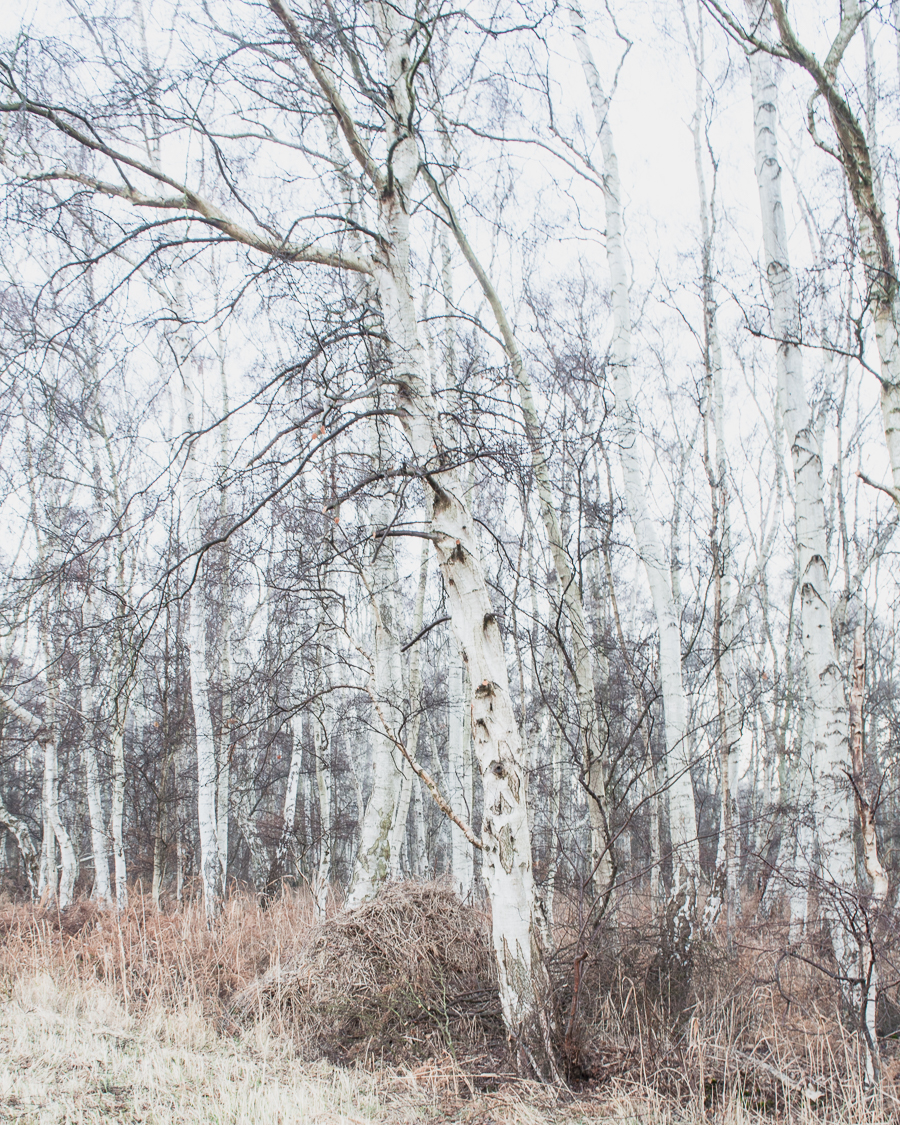The Great Fen
A few days ago, Mr Digandweed and I set the alarm for 5am and after a cup of tea to fortify ourselves, pulled on coats, gloves, scarves and wellies and drove the few miles up the road to Holme Fen, which forms part of the Great Fen Project.
It was one of those mornings with misty skies and a light frost, when everything appears ghostly and magical.
It's a while since I wrote about the Great Fen project which is one of the most ambitious enterprises of its type in Europe; its aim to restore 3,700 hectares of land between Holme Fen and Woodwalton Fen to the original wild wetland.
Much of eastern England was once wild fenland with abundant wildlife, but in the 17th century much of the land began to be drained and as a result more than 99% of the habitat disappeared and along with it many rare species of plants and animals.
The photo above shows the Holme Fen Posts, which, at 9ft/2.75m below sea level, are believed to be the lowest land point in Great Britain.
The posts stand not far from the edge of the original site of Whittlesey Mere which was once the largest lake in lowland England. The Mere was famous for yachting and regattas and in very harsh weather ice skating and ice fairs when stalls would be erected on the frozen lake, but in 1848 the Mere was drained by local landowners to be used as fertile farm land, a project which would be unthinkable nowadays. As a result the peat began to shrink. When drainage began, posts were driven into the ground flush with the surface. The posts now stand about 4 metres above ground showing the alarming rate of shrinkage.
But, thanks to the restoration project, much of the land is now being slowly returned to wetland and as a result many rare species of wildlife are returning.
One of the returning species is the Common Crane.
This tall and majestic bird was once a common sight in the fens but when drainage began they disappeared and for over 300 years there were no breeding Cranes in this country. But, slowly, they are returning. A few years ago, on an early morning stroll on the Nene Washes, a RSPB reserve a short walk from our house, Mr Digandweed and I spotted a group of Common Crane, far off in the distance, feeding on the grassland. The birds have also been seen in parts of the Great Fen and it is hoped the conditions will become just right for them to start breeding.
Since our first sighting, it is my ambition to see them again!
Fingers crossed!
Fingers crossed!
Holme Fen and the adjoining land is a beautiful and wild landscape.....
....one of my favourite places to explore.
It is exciting to see this very important project slowly unfold.
I hope you have enjoyed this little tour.
Speak soon
Annie
x













Wonderful, just wonderful, I love this. There are cranes at the wetlands we go to now, from the Great Crane Project down in Somerset I believe. They were extinct in this region for a while, then 93 chicks were raised from eggs brought from Germany and released. We quite often see 10-16 birds on the reserve that we visit, and they've successfully raised three or four chicks I think. It's so lovely to follow their progress, and hope that they'll flourish and breed. Your photos are exquisite, such a beautiful area, I hope the Fen Project goes well, I'd love to go and see it one day. CJ xx
ReplyDeleteThank you CJ. How exciting to have Cranes near where you live - they are such amazing creatures.
DeleteWhat a wonderful tour indeed, your photos are amazing. A great project.
ReplyDeleteThank you. I'm glad you enjoyed the 'tour'.
DeleteBeautiful atmospheric photos.
ReplyDeleteThank you - we will have to visit when you next come. Dogs are allowed on a lead.
DeleteI hope the land and wildlife continue to flourish as the project continues and I hope too that you get to realise your ambition many times over Annie! Wonderful photos. Have a great week.
ReplyDeleteThank you Jane. It certainly is a very ambitious and important project.
DeleteLoved this tour Annie, especially your beautiful atmospheric photographs.
ReplyDeleteThank you Gina.
Delete